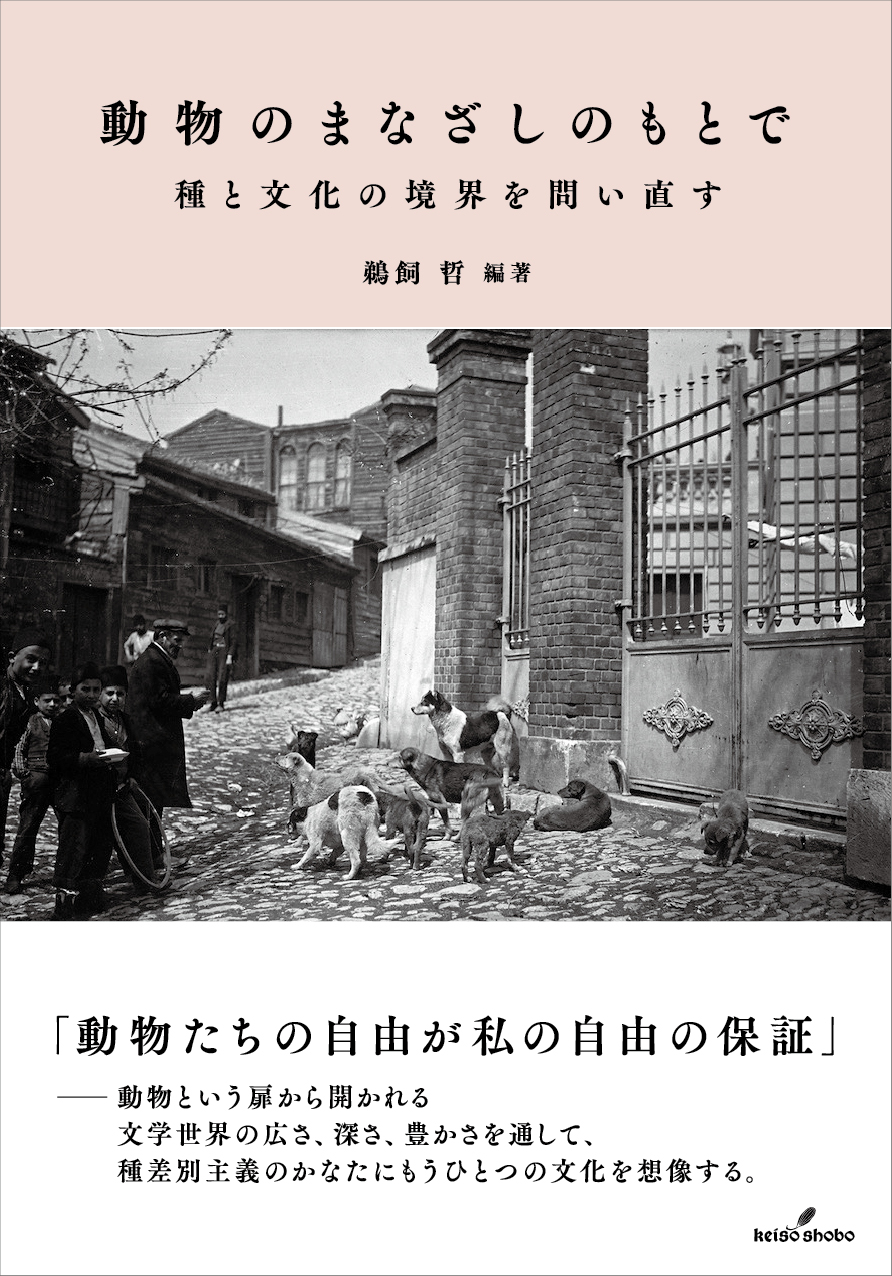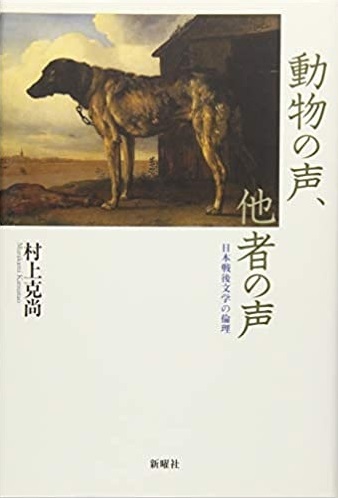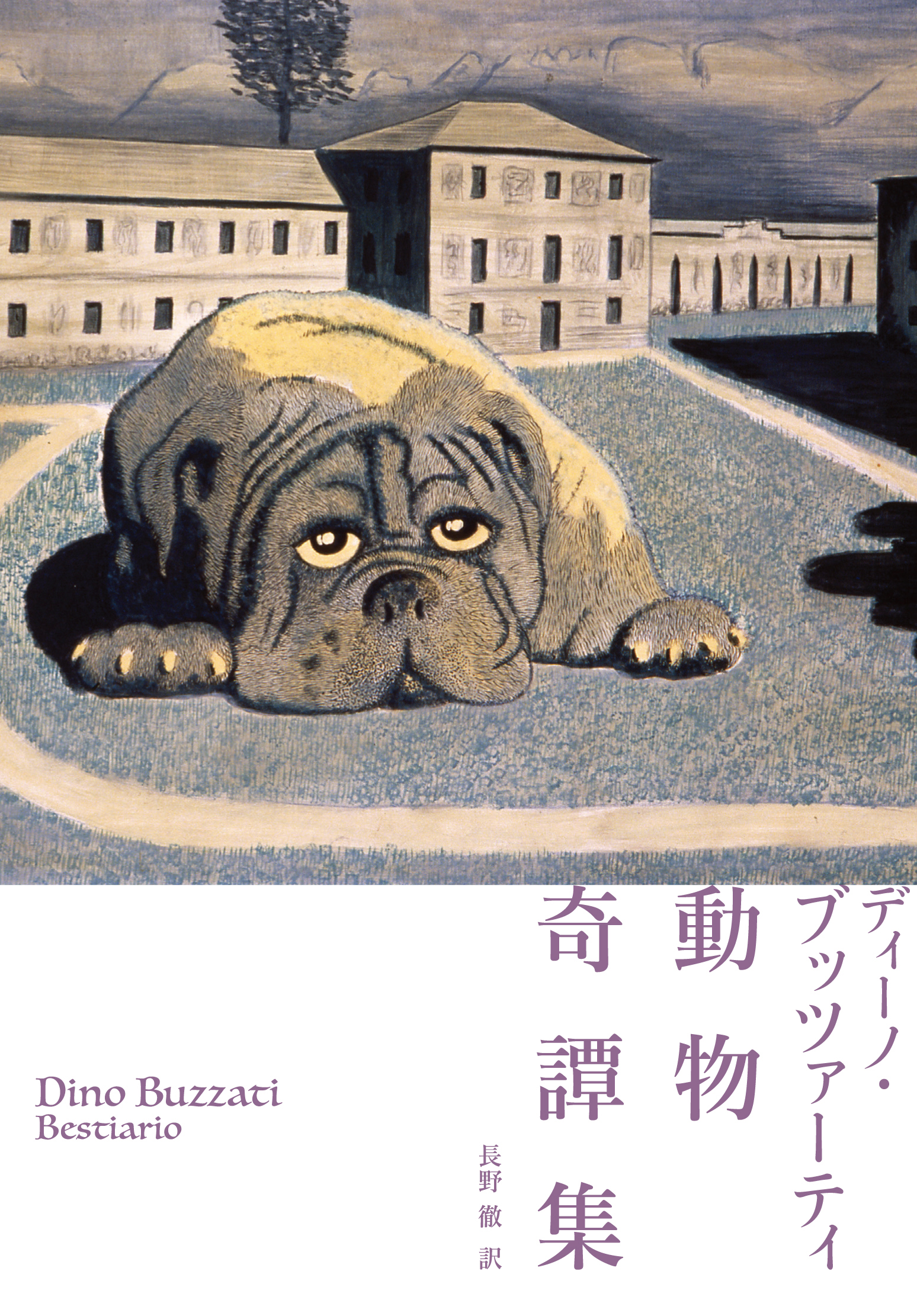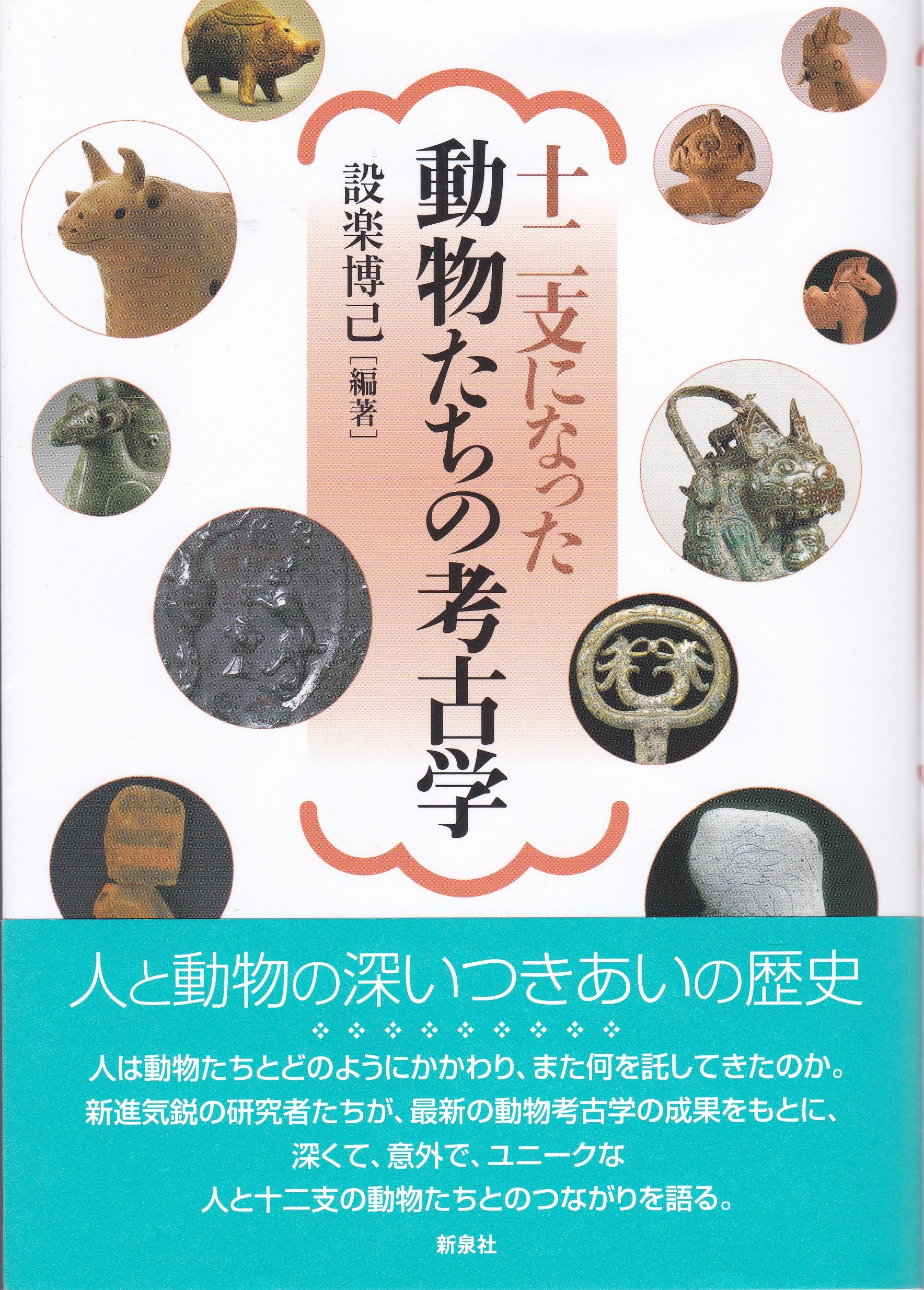
Title
Dōbutsu no manazashi no moto de (Under the Gaze of the Animals - A Fresh Look at the Boundary Between Species and Culture)
Size
352 pages, A5 format
Language
Japanese
Released
June, 2022
ISBN
978-4-326-10306-5
Published by
Keiso Shobo
Book Info
See Book Availability at Library
Japanese Page
This book is the outcome of the joint research project Ningen to dōbutsu no kankei no tayō-sei to sono bungakuteki hyōshō no hikaku kenkyū (A comparative study of the diversity of human-animal relationships and their literary representations). The title, Dōbutsu no manazashi no moto de (Under the Gaze of the Animals), expresses the common interest of the authors of this book in disclosing the plurality of the world by considering animals as unique actors who work with us, as well as criticizing the history of the unilateral human perception of animals that has extended to deciding the value of their lives.
In Section I, Katsunao Murakami analyzes Mahiru-e (Toward Noon), Yūko Tsushima’s portrayal of a mother who is drawn after her son’s early death to an Ainu worldview in which animals prevail; Asako Nakai analyzes how J. M. Coetzee’s Foe reinforces the multifaceted perception of the animals in Daniel Defoe’s Robinson Crusoe; and Sejong Oh analyzes Kimu Sokupomu’s Karasu no shi (Death of a Crow) in which the restless, shifting eyes of a crow serve as a metaphor for the protagonist’s rigorous questioning of his own identity.
In Section II, Catherine Pinguet traces the undeniable link between the massacre of stray dogs on the island of Sivriada carried out by the Turkish government in 1910 and the massacre of Armenians shortly thereafter. And Francois Bizet shows how the poems of the Russian Futurist Velimir Khlebnikov, and of Nikolay Zabolotsky who was influenced by him, echo the voices of animals that have not been anthropomorphized.
In Section III, Ji Young Shin explores the possibilities for resisting “humanization” by looking at the animals and animal metaphors portrayed in An Hoe-nam’s documentary writings on forced mobilization. Sim A-Jeong critiques the coercive reproductive control of animals by humans from a queer perspective that seeks to dismantle the “reproductive futurism” of Lee Edelman. Ikuo Shinjo attempts to deconstruct human nature and masculinity in Okinawa based on the image of crabs cutting up the war dead and transporting them in all directions, an image that appears diachronically in Okinawan literature. And Satoshi Ukai explores the possibilities for resisting capitalism by noting the resonating resemblance between the wild cattle mentioned in Rosa Luxemburg’s letters and the animals in Kio Kuroda’s poetry.
Finally, in Section IV, Vinciane Despret, a Belgian philosopher of science, gives a fascinating explanation of the territoriality of birds, not from the perspective of competition for resources, as Konrad Lorenz has suggested, but from the dual perspective of their fundamental desire to sing, to express themselves, and to establish social relationships with other birds so as to coexist even as they each remain within their own territory. This is followed by an in-depth interview with Despret by Francois Bizet.
These essays clearly illustrate the inescapable connection between animals and literature by showing that literature as an art of words is an effective means of upsetting the conventional anthropocentric notion that humans have language but animals do not, and thereby allowing new voices to resonate through the cracks.
As a side note, after our seminars, Satoshi Ukai, the editor of this book, would take us to a vegetarian or vegan restaurant, saying that we should try them at least “this once.” Now, every time I reread this work, I can't help but feel that his warmth permeates the whole book.
(Written by MURAKAMI Katsunao, Associate Professor, Graduate School of Arts and Sciences / 2023)



 Find a book
Find a book




